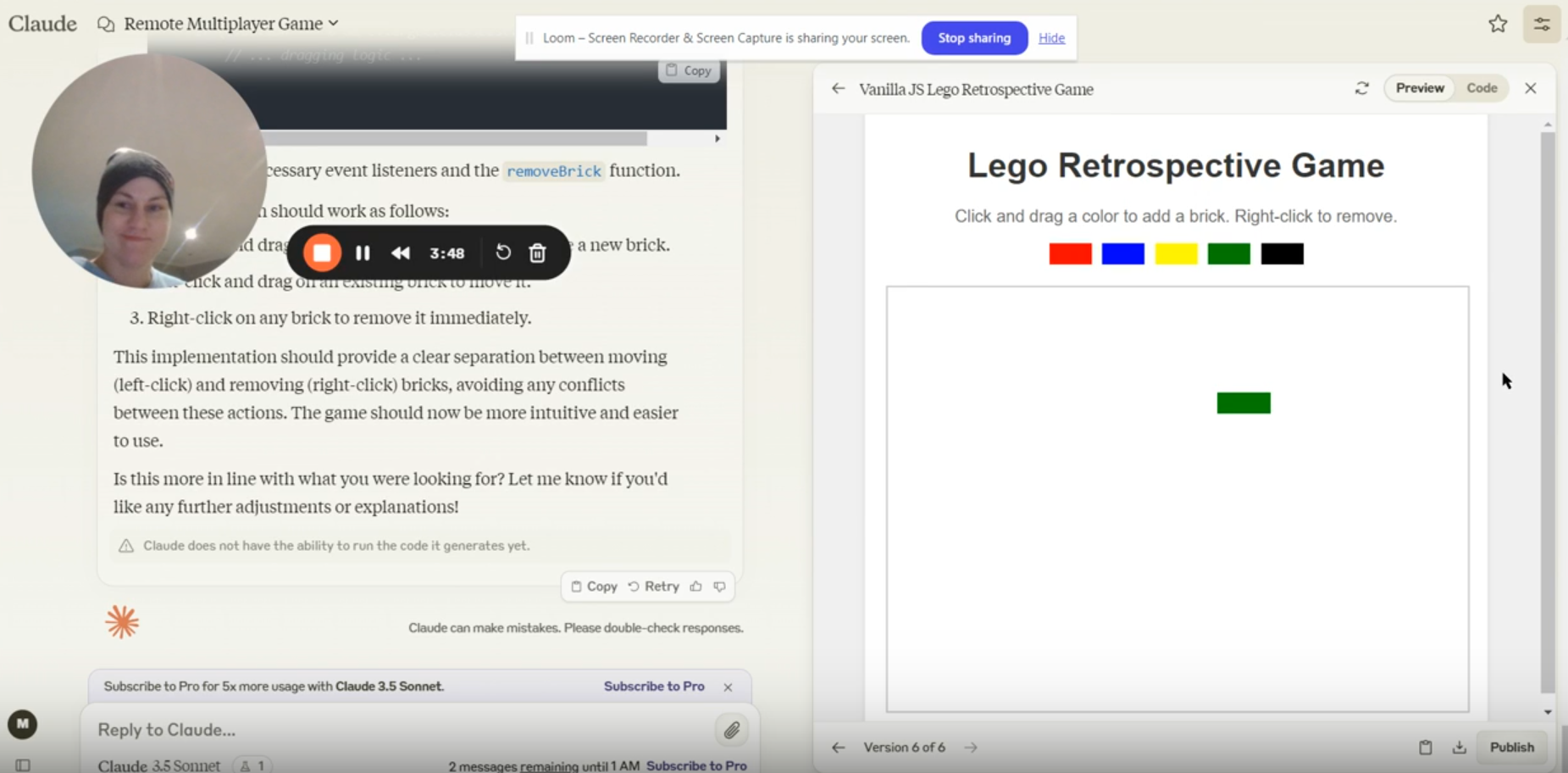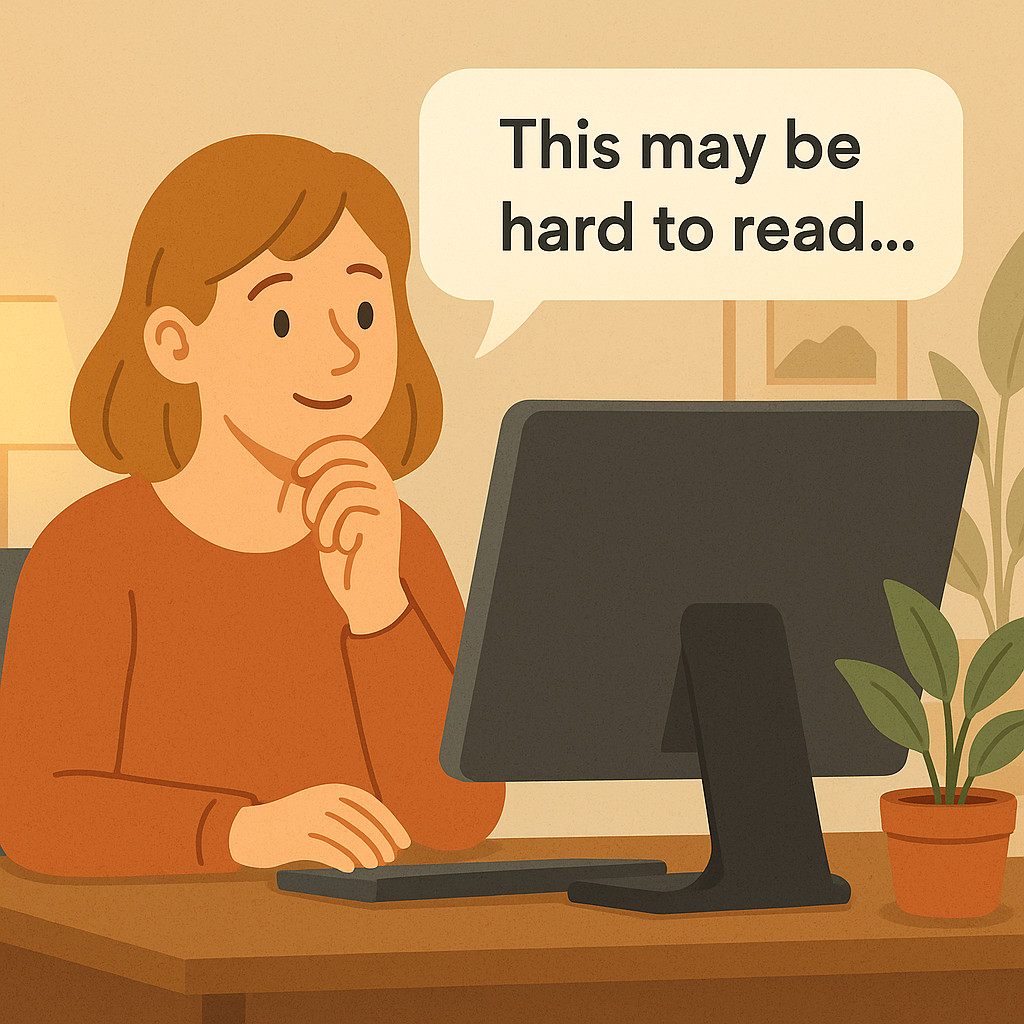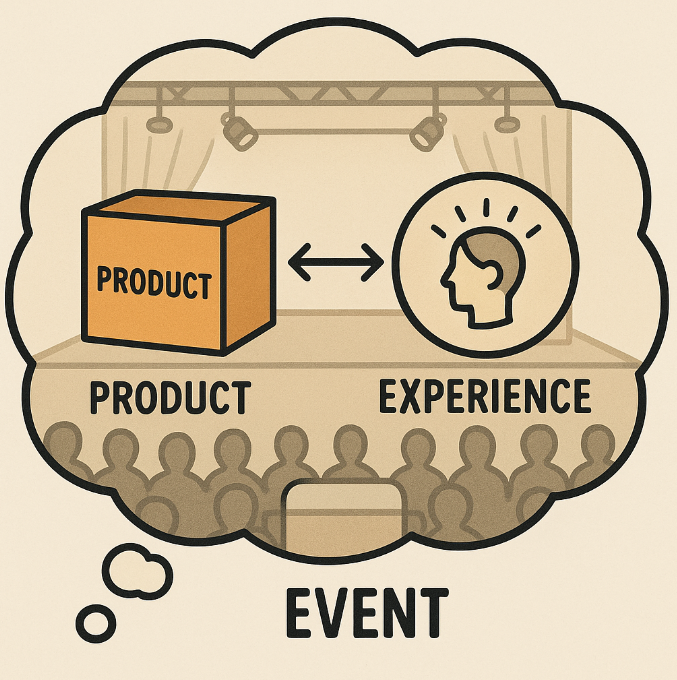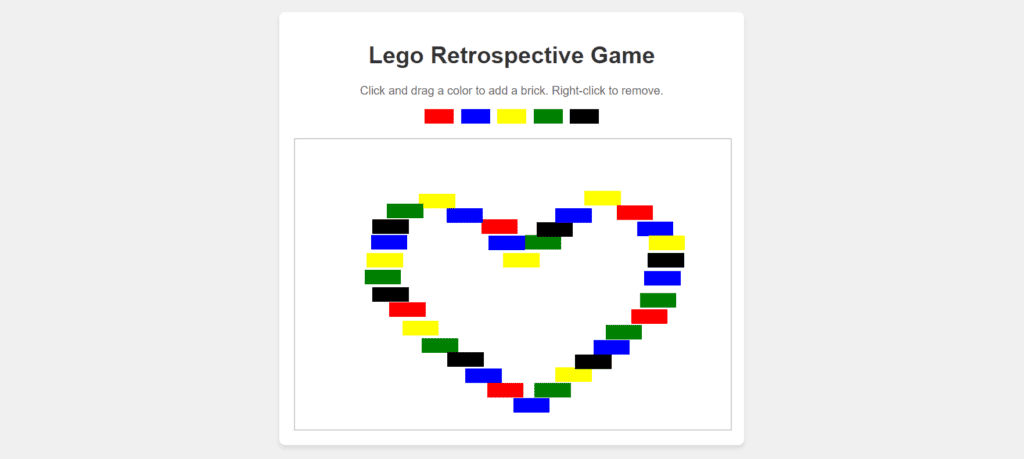I made a simple retro game with Claude AI! Watch how

I’ve seen the hype about Claude 3.5 Sonnet all over the internet, so I wanted to give it a spin for myself. After having watched videos like this one putting Claude to the test I was intrigued. It also didn’t take long until I found my use case: I volunteered to host our squad’s next retrospective game.
I immediately consulted my library of Miro retrospective templates I’ve gathered over the years. Scrolling through sprint retrospective ideas, I remembered how often my fellow team mates had problems interacting with Miro. This happened because, even if someone invited them as guests, they couldn’t do much besides making comments. Also, Microsoft Teams provided a version of Miro that had many errors. It would take us at least half an hour to set up the Miro widget to work correctly before anyone could play. At this time fellow team members might even drop off the call to do other more productive things.
I stopped scrolling at a Lego Retrospective template and thought: this should be easy to build, right? With a little bit of JavaScript, CSS and HTML, this should be absolutely achievable to remake. But, who has got time for centering divs and making dragging and dropping work as expected? It needed to be something that had the right “value versus effort” balance. That’s when I opened another tab in my browser and visited my friend Claude.
The initial prompt for the retro game
I started off simply telling Claude what I needed.
My briefing to Claude included:
- “My teammates and I should be able to play the game remotely.”
- “The game should function like a Lego game, with building blocks that players can put together to form something.”
- “I would achieve this using rectangular shapes.”
- “Players should be able to drag and drop the building blocks on a virtual canvas.”
- “The game should be easy to use, understand, and share.”
- “The building blocks should have standard Lego colors.”
- “A 2D version of the game is sufficient.”
By the smile on my face in the next video clip, you can already see I was pretty impressed. The first iteration of the game that Claude generated for me was almost perfect already. Playing with the app, however, I noticed a couple of UI snags that I wanted fixed. One of the issues was that the app required me to click on a building block first to generate it, and then I could drag and drop it. After I asked Claude to correct this, the app worked like a charm in the next iteration.
Tweaking the retro game, one prompt at a time
While playing with iteration 2, I found that now the building block was no longer 100% aligned with my mouse pointer. While it was moving in the same direction as my pointer, I did not like the fact that the building block I dragged and dropped wasn’t centered behind my mouse pointer. I wanted to make it look like I was physically dragging and dropping it. Once again, this wasn’t something Claude couldn’t fix for me in a jiffy in iteration 3!
Grand Finale
The last thing I noticed was that I was no longer able to double-click on a building block to remove it, so I asked Claude to change it to right-clicking instead. By iteration 4 I had a presentable building block game that I could share with my colleagues for our next retrospective!
I’m certain that if I hadn’t video-recorded myself while doing this, I would have probably made this game with the help of Claude.AI in 10 minutes! What a time saver. I will definitely be using Claude again in the future for similar things.
Do you want to play my game with your colleagues? I knew you would! You can find the published artifact here.
BONUS: Have a look at my retrospective facilitation prompts for ideas on how you can host this game or any other retro with your team.
Plus, don’t forget to tell me in the comments if you enjoyed the game, or maybe even if you improved it!



